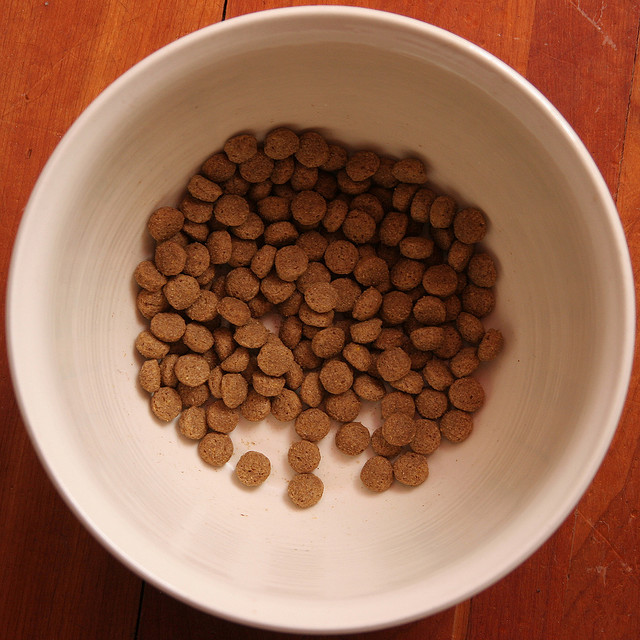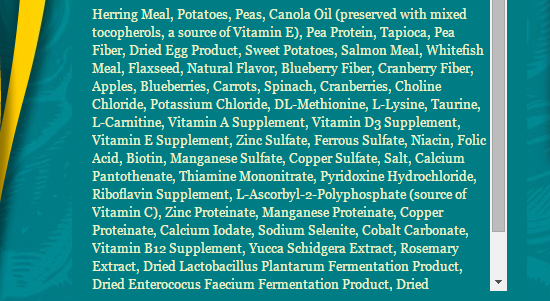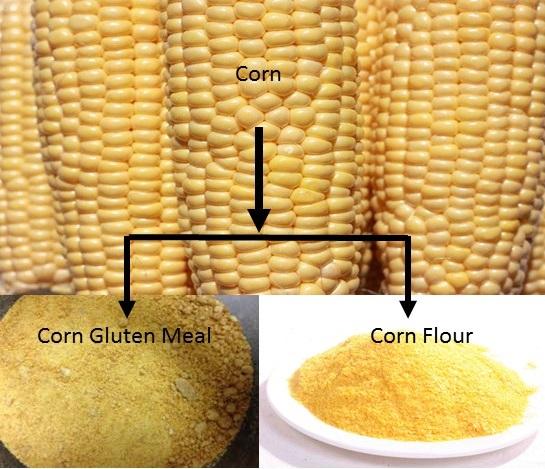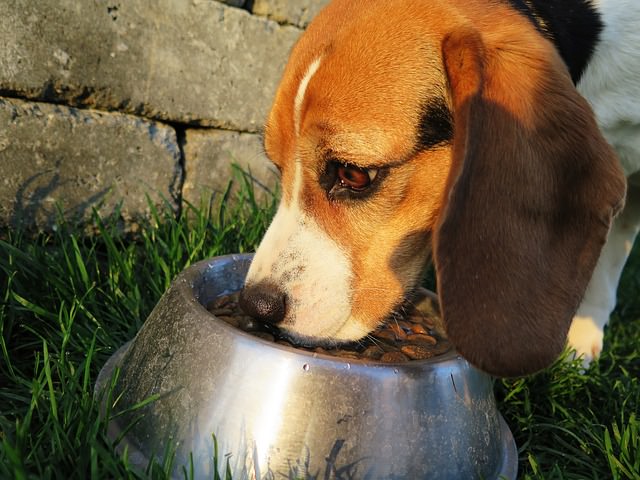It feels like we can’t go a day in the pet industry without talking about what we feed our pets. Whether we are discussing the quality of the ingredients, recalls, which protein is best, where products are sourced, etc., there is a common theme – it’s all about quality of food for our best friends. But money is also a factor – how much can you are your willing to pay for your food, and are you getting the quality you believe you are paying for with the higher priced foods?
One practice that has come to light is ingredient splitting, and if the food you buy does this you may not be getting what you think you are paying for.

What is Ingredient Splitting?
Ingredient splitting is when a company takes a more abundant ingredient and splits it up into several separate ingredients, so that it does not show up higher in the ingredient list.

For example, one “premium” dog food brand has the following ingredient list:
Herring Meal, Potatoes, Peas, Canola Oil (preserved with mixed tocopherols, a source of Vitamin E), Pea Protein, Tapioca, Pea Fiber, Dried Egg Product, Sweet Potatoes, Salmon Meal, Whitefish Meal, Flaxseed, Natural Flavor, Blueberry Fiber, Cranberry Fiber, Apples, Blueberries, Carrots, Spinach, Cranberries, Choline…
The pea ingredient has been split into peas, pea flour, and pea fiber, allowing the company to list them after the herring (and even potatoes) and making customers think they are buying food that is mostly fish when in actuality it probably has more peas in it than fish.
Susan Thixon is founding partner of the international pet food consumer association, holds an advisory position to AAFCO‘s Pet Food Committee and Ingredient Definitions Committee, and is the founder of The Truth About Dog Food website. She gave us another example and explains why it can be deceiving to the general public:
Using a grocery store brand of dog food, here are the ingredients:
Ground yellow corn, chicken by-product meal, corn gluten meal, whole wheat flour, animal fat preserved with mixed-tocopherols, rice flour, beef, soy flour, meat and bone meal, propylene glycol, ...

“Within the first ten ingredients of this pet food, there are 5 grain ingredients (ground yellow corn, corn gluten meal, whole wheat flour, rice flour, and soy flour),” Thixton explains. “There are two by-product ingredients (chicken by-product meal and meat and bone meal), one fat, and one meat ingredient.”
Since ingredients on dog food labels are listed by weight, she explains, ingredient splitting allows the companies to list the meat higher up and most of the grains lower in the list than is, making the food look like it’s higher in meat than it is.
“Half of the majority of this pet food is grain,” she continues. “But it doesn’t have the appearance to be half grain by just reading the ingredients.”

So, is this Illegal?
No, it’s not illegal. Though it may seem misleading, the companies are doing exactly what they are regulated to do: list the ingredient by pre-cooked weight.
As Thixton puts it:
“The ingredients are listed by the actual ingredient name – so officially they aren’t doing anything wrong (such as ground yellow corn is a different ingredient/has a different definition than corn gluten meal). But for consumers, they don’t realize that an estimated half of this food is grains.”
It’s just frustrating for anyone that buys dog food, because now you have to wonder, “just what exactly am I feeding my dog?”

Labels
There is talk about changing pet food labels to look more like human food labels.
“It would help consumers a great deal to have pet food labels read like human food labels,” Thixton said. “Human food labels are required to state actual nutrient content – pet food is maximum or minimum.”
However, she said it wouldn’t help with ingredient splitting, which also occurs in the food we eat.
So we asked Thixton if there is a way for consumers to tell if the ingredients that are split really make up more than the other listed ingredients.
“Just as with the example above – look at the first ten or 15 ingredients,” she responded. “This is by weight the majority of the pet food. Count the number of grain ingredient, meat ingredients, and so on.”
For example, this dog food company has barely any “splitting” and rightly lists “peas” as the first ingredient:

So next time you are picking out a dog food, especially if you are paying a high price for one claiming “meat is the first ingredient,” read the entire label with this is mind: it may be listed as the first ingredient, but that doesn’t mean is the majority ingredient of your dog’s food.
Sound off – will this make you switch your dog’s food? Why or why not?
